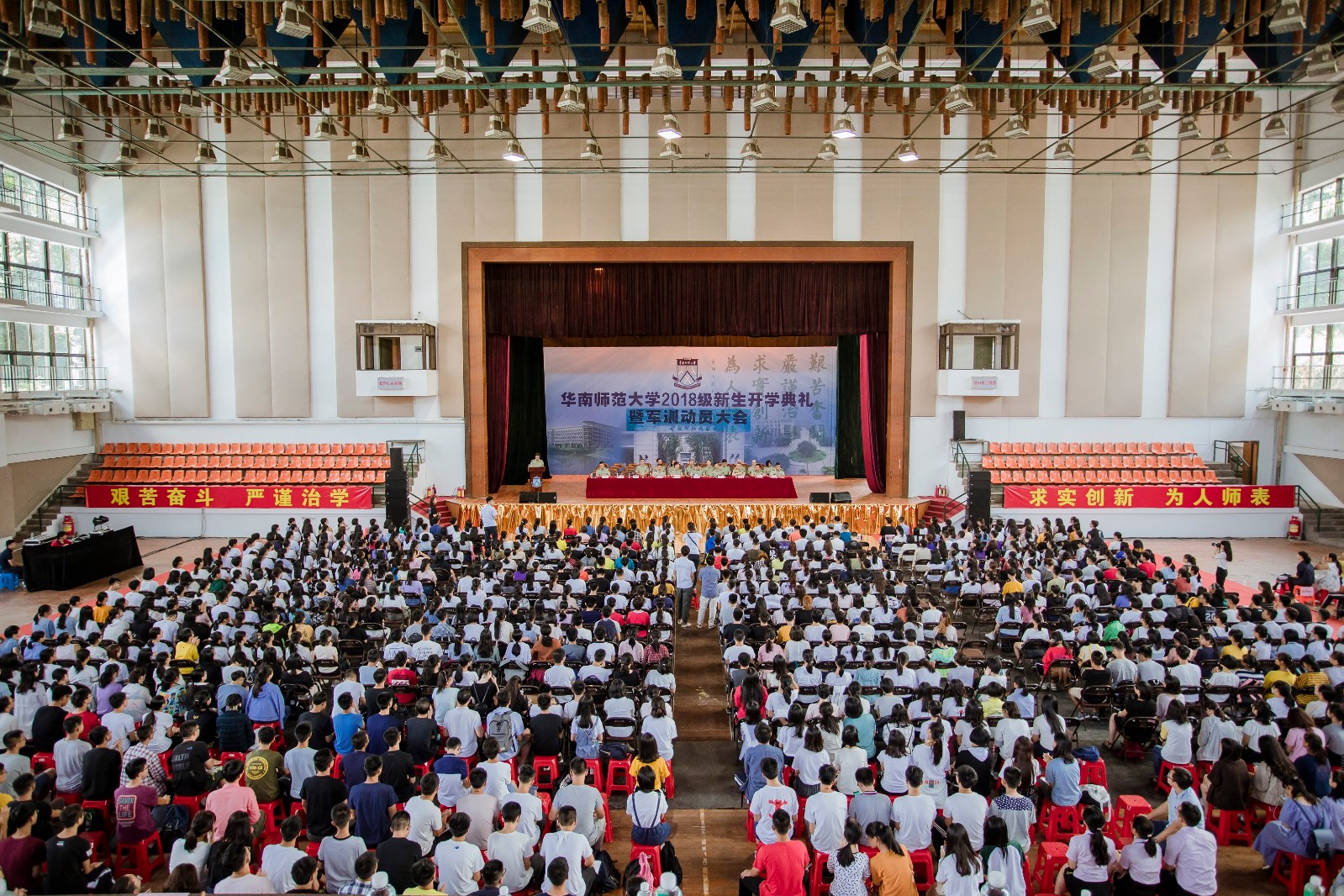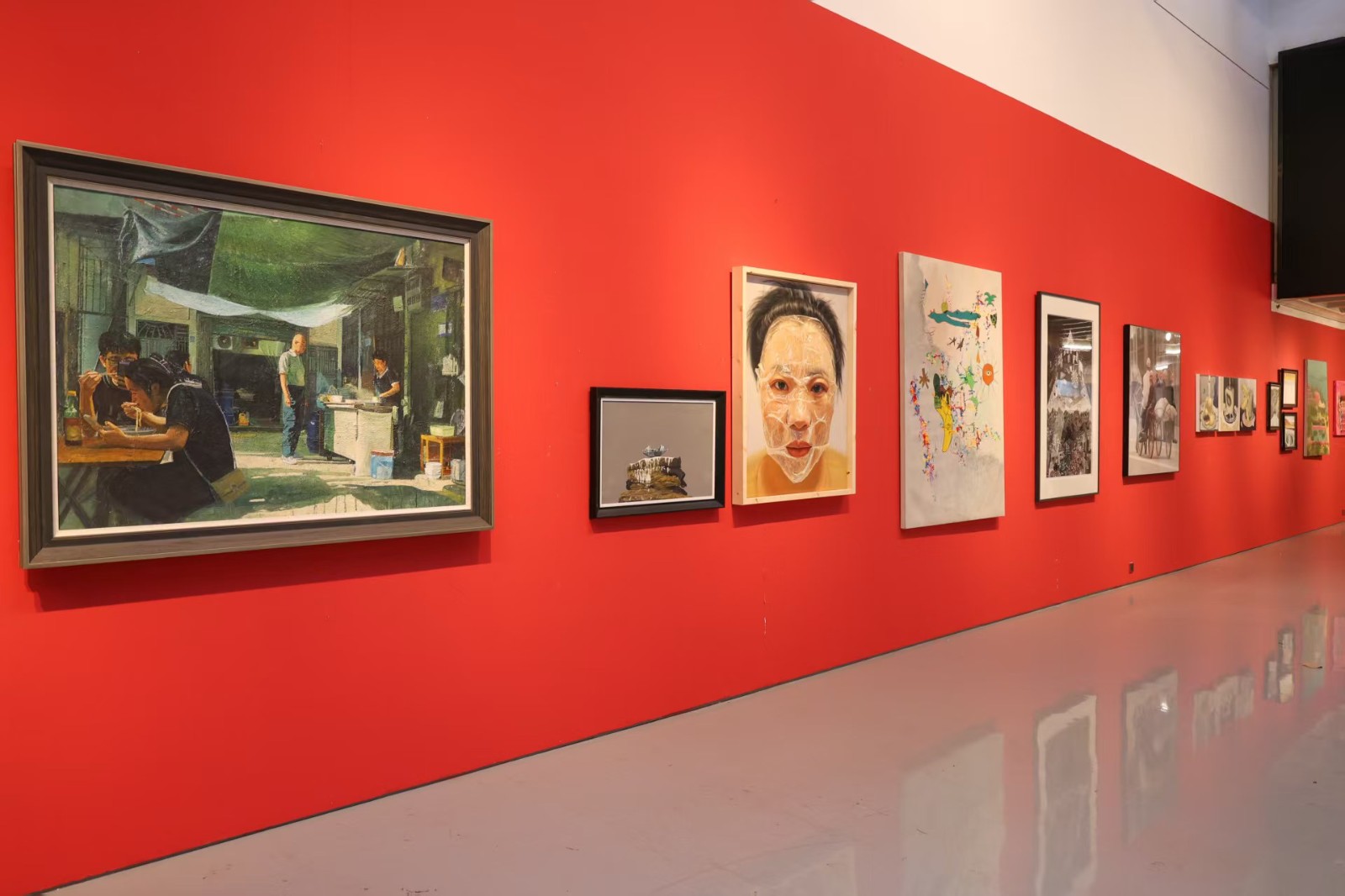
Likes
The 2025 graduation works exhibition of the School of Fine Arts kicked off at the sports hall on the Shipai campus of SCNU on May 23.
The exhibition features a total of 280 works by 195 undergraduates and 92 master's graduates, covering diverse categories including Chinese painting, oil painting, printmaking, sculpture, lacquer art, product design, fashion design, environmental art design, visual communication design, and experimental art.
Wang Binwei, secretary of the Party Committee of SCNU, spoke highly of the exhibition and encouraged students to enhance their professional skills, artistic literacy, and innovative capabilities, urging them to promote the cultural arts development, build a great country and rejuvenate the nation.
Wang Yan, deputy secretary of the Party Committee of SCNU, said that art, as a vital part of culture, plays an increasingly important role in societal development. He called on students to align their personal artistic pursuits with the needs of the nation and society, contributing to cultural prosperity and enhancing China's cultural soft power.
The exhibition was open to the public until May 25. In addition to the main venue, parts of graduation works were also on displayed at the SCNU library and the Art Museum of the School of Fine Arts.
Now, let's take a look at some of the highlights.
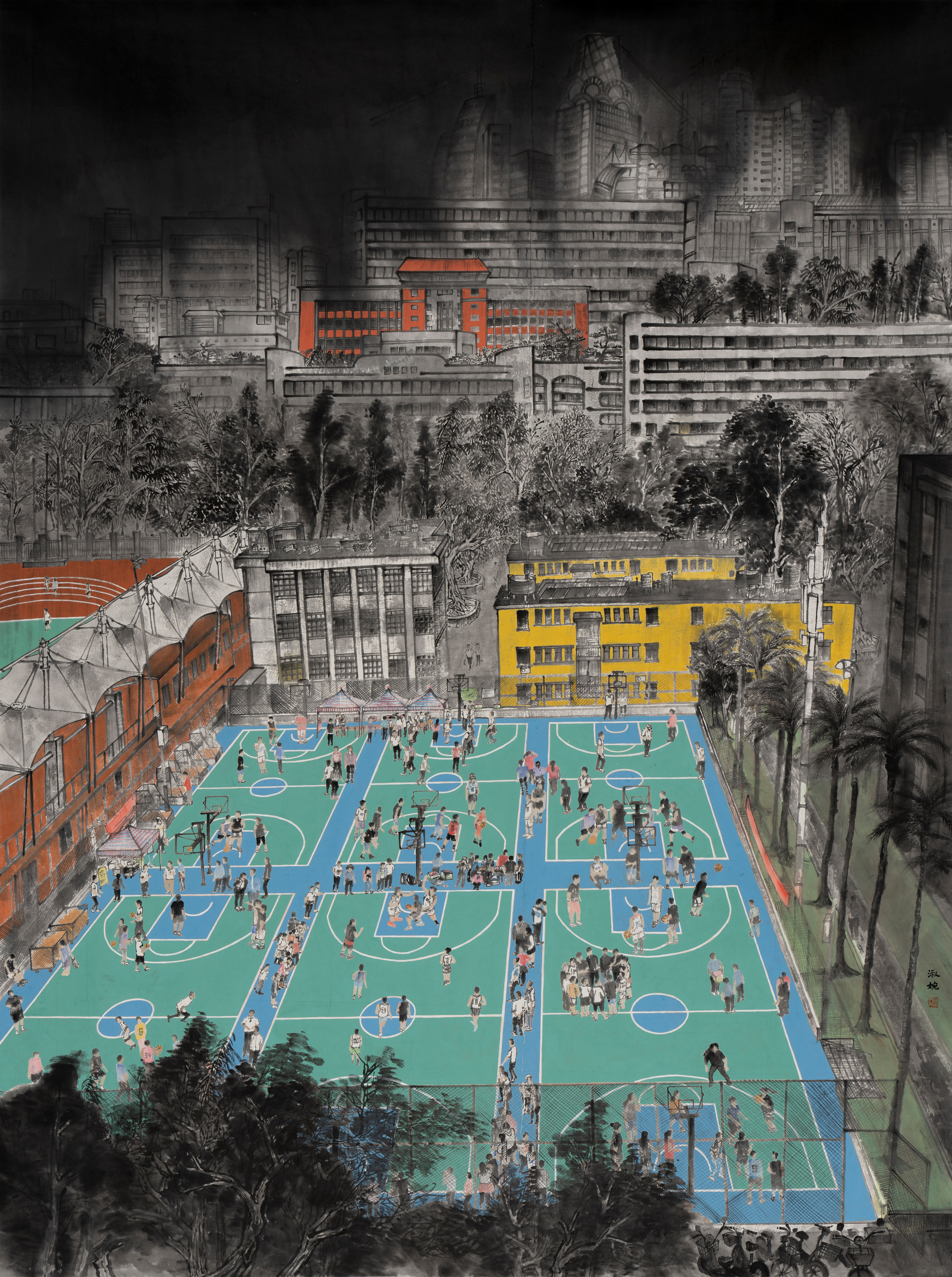
"Cool Night Breeze Carries Games", by Xu Shuwan, features a vibrant scene of students sweating on the basketball court compared to the hustle and bustle of the outside world, paying tribute to the creator's 10-year campus life at SCNU.
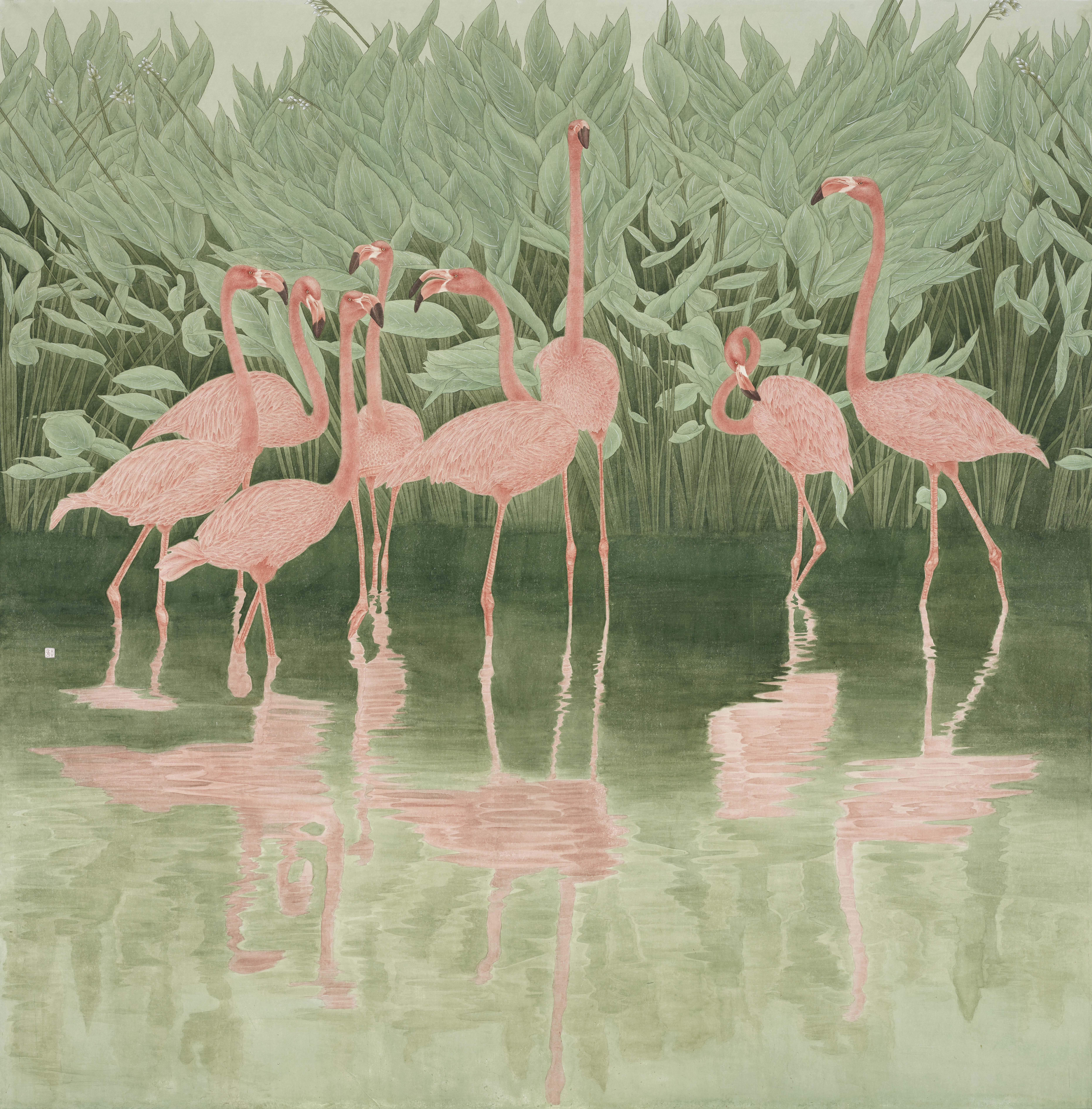
"Flamingos Converge at Twilight and Roost in Mist-clad Reeds", by Rong Zhixiu, combines the lushness of green leaves and the agility of flamingos, revealing the creator's boundless reverence and passion for the natural world.

"Herbal Eternity", by Lin Chuhong, employs eight botanicals that harmonize medicinal value with aesthetic appeal, using the visual language of painting to investigate the symbiotic relationship between nature and human healing.
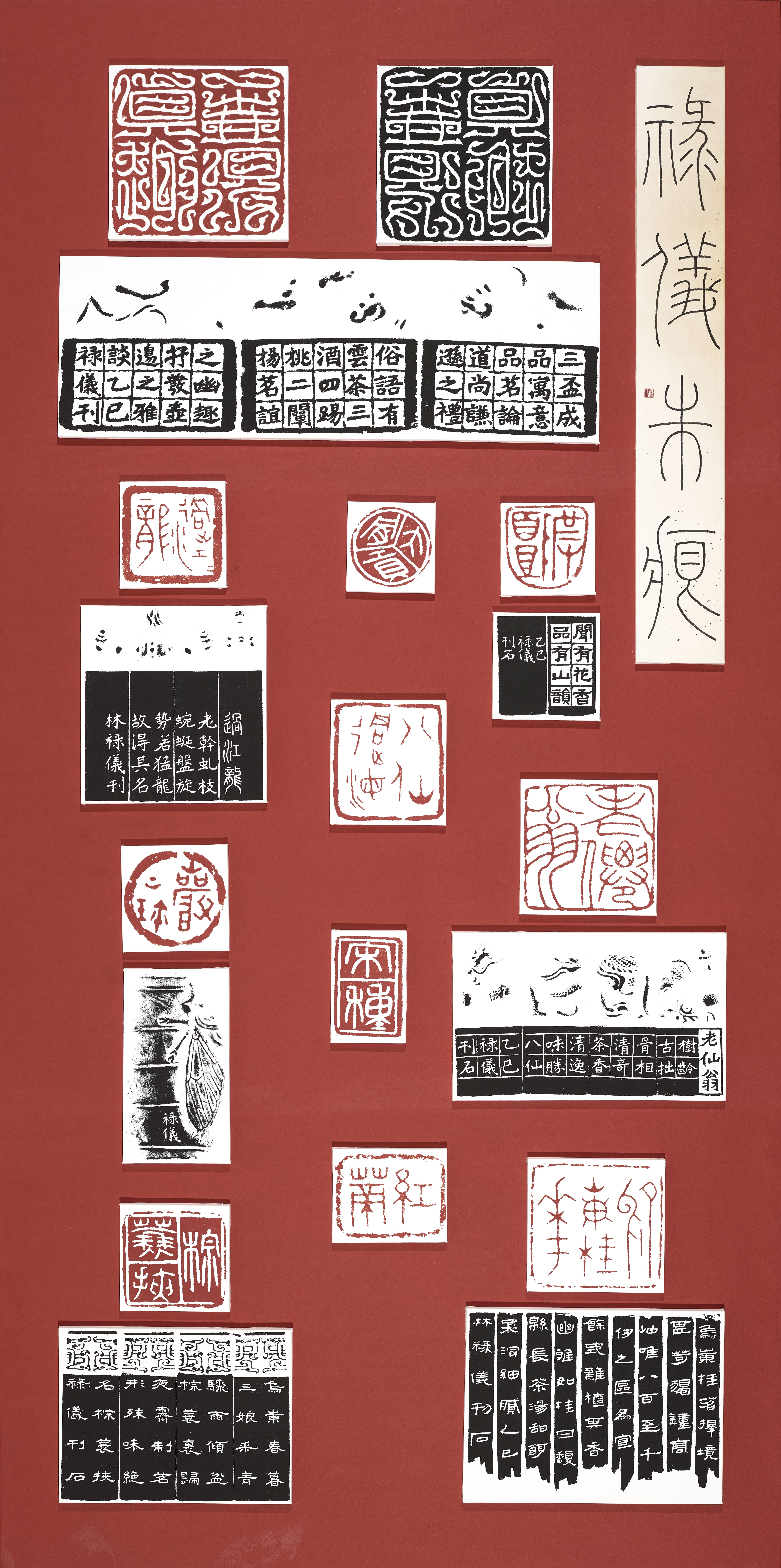
"Ode to Phoenix Oolong Tea", by Lin Luyi, centers around Chaoshan's renowned Phoenix Oolong tea, presenting regional tea culture through calligraphic and seal-carving artistry.

The design named "Ru Song: Immersive Song Dynasty-Style Lifestyle Experience Pavilion Design", by Liang Ying, resurrects Song-dynasty living scenarios while revitalizing traditional culture through contemporary design language and technological innovation.

The jewelry design entitled "Fissures", by Qiu Jiatian, redirects focus onto cracked jade fragments typically discarded as waste materials, and the creator integrates metal materials to achieve contemporary reinterpretation of various fissures, thereby seeking to exploring alternative valuation systems for jade materials.
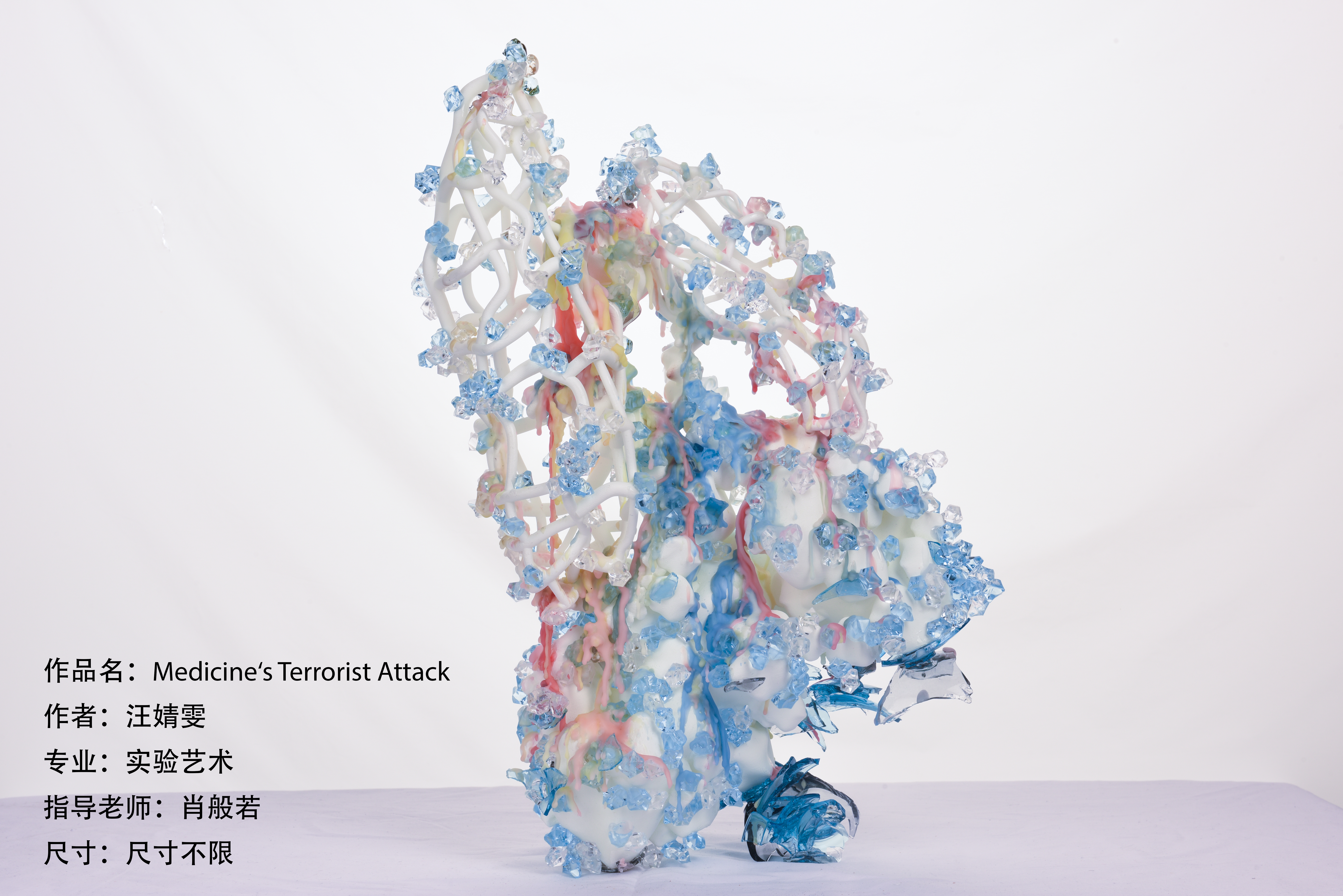
The experimental art work "Medicine's Terrorist Attack", by Wang Jingwen, centers on the erosion of the human body caused by drug abuse, exploring the symbiotic relationship between health and disease, protection and destruction in modern society through morphological reconstruction and material transformation of diseased organs.
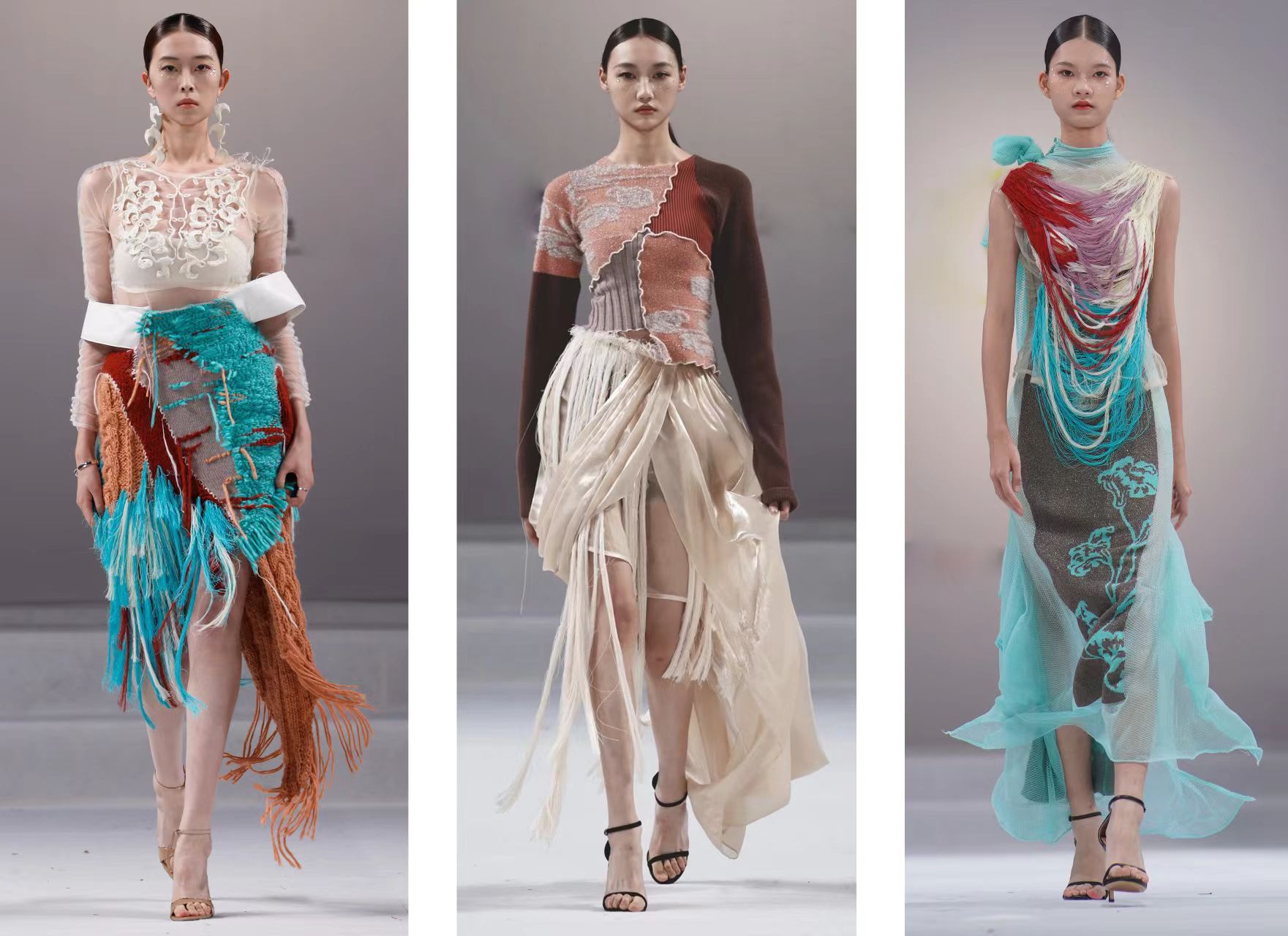
The fashion design by Zhou Weiyuan was inspired by Tang-dynasty tomb murals, especially depictions of court ladies and female figurines in Wu Zhou Dynasty (690 - 705 AD). Utilizing the color schemes and ornamental patterns of Tang tomb murals; it presents an early-spring knitwear series tailored for modern urban women.
Source from SCNU News Center
Translated by Li Jun, Zhu Ying
Proofread by Edwin Baak
Edited by Li Jianru
What to read next:


